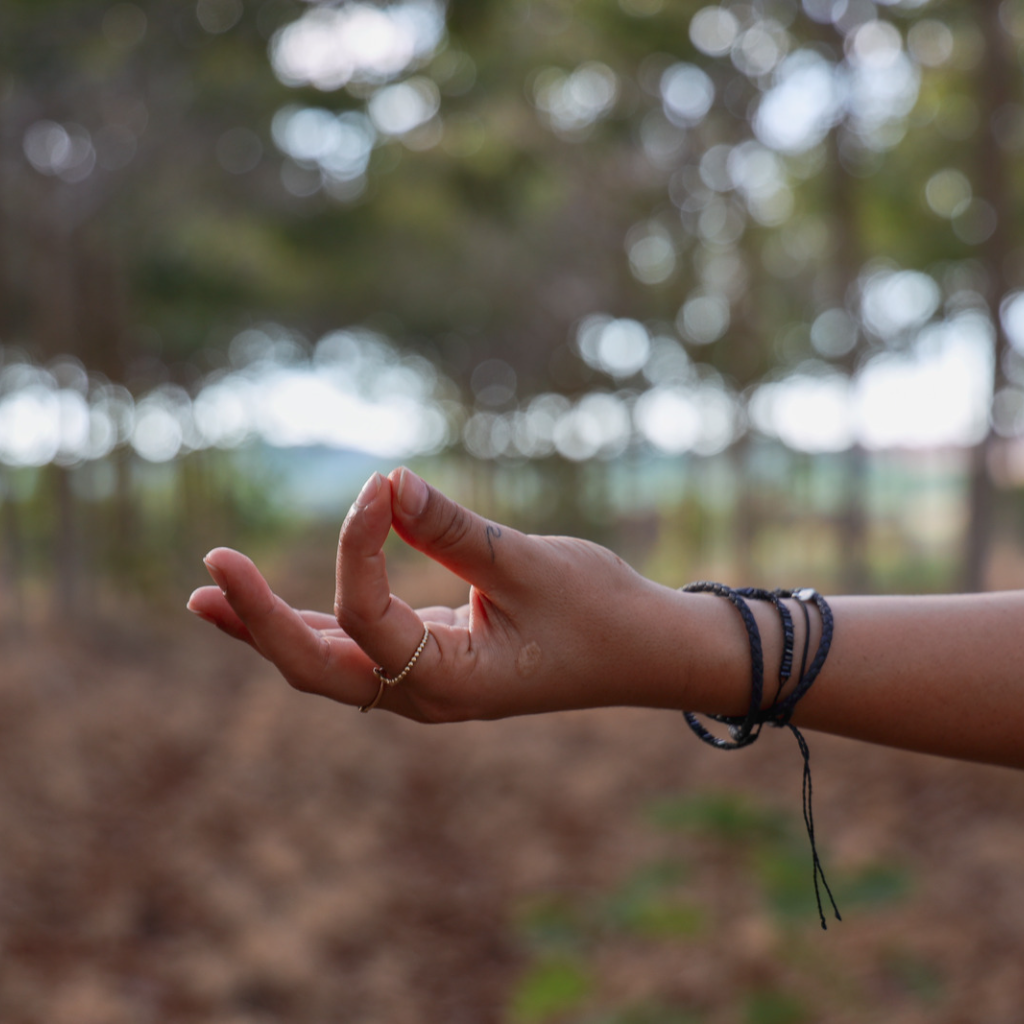Day 10 of our 12 Days of Yoga - Pigeon
 Surrendering to Stillness: Embracing Pigeon Pose in the 12 Days of Yoga
Surrendering to Stillness: Embracing Pigeon Pose in the 12 Days of Yoga
Greetings, fellow yogis! Welcome to Day 10 of our "12 Days of Yoga: Daily Poses for December" journey. Today, we explore the transformative and introspective Pigeon Pose, also known as Eka Pada Rajakapotasana. As we navigate the intricate dance between effort and ease, we unlock the potential for deep hip opening, emotional release, and a profound sense of inner stillness.
Unveiling the Essence of Eka Pada Rajakapotasana
Pigeon Pose, with its graceful yet intense hip opening, is a jewel in the crown of yoga postures. The name "Rajakapotasana" translates to the "king pigeon pose," highlighting the regality and poise embodied in this asana. Eka Pada Rajakapotasana, specifically, introduces a deeper level of focus by isolating one leg at a time, creating an opportunity for a more targeted and intense stretch.
Benefits of Pigeon Pose
Deep Hip Opening
Pigeon Pose is renowned for its ability to deeply open the hips, targeting the hip flexors and external rotators. This can be particularly beneficial for individuals who experience tightness or discomfort in the hip region due to prolonged sitting.
Stress and Tension Release
The hip joints are often a storehouse for emotional tension and stress. Pigeon Pose allows practitioners to release these stored emotions, providing a cathartic experience that extends beyond the physical realm.
Improved Flexibility
Regular practice of Pigeon Pose contributes to increased flexibility in the hips, thighs, and groin. As the hip muscles become more supple, practitioners may find greater ease in other seated and forward-bending postures.
Relief for Lower Back Pain
By addressing hip tightness and improving overall hip mobility, Pigeon Pose can indirectly contribute to relieving lower back pain. The interconnectedness of the spine and hips means that releasing tension in one area can positively impact the other.
How to Practice Eka Pada Rajakapotasana:
Step-by-Step Guide:
-
Begin in a tabletop position, with your wrists directly under your shoulders and knees under your hips.
-
Slide your right knee towards your right wrist and bring your right foot towards your left wrist, creating a diagonal line with your shin.
-
Extend your left leg straight behind you, toes pointing directly back. Ensure your hips are squared to the front of the mat.
-
Inhale to lengthen your spine, and exhale as you walk your hands forward, folding over your front leg.
-
Find a comfortable position for your arms—extended in front of you, supporting your forehead, or reaching back to hold the back foot.
-
Hold the pose for 1-3 minutes, breathing deeply. Repeat on the other side.
Alignment Tips:
- Hip Alignment: Ensure your hips are squared to the front of the mat, avoiding any rotation.
- Front Knee Placement: The front knee should be aligned with the front edge of the mat, allowing for a safe and effective stretch.
- Back Leg Extension: Straighten the back leg as much as comfortable, engaging the muscles to create a strong and supportive foundation.
- Spine Lengthening: Maintain a long spine as you fold forward, avoiding rounding in the back.
- Breathing: Focus on deep, rhythmic breaths to enhance the stretch and promote relaxation.
Why Pigeon Pose for the 12 Days of Yoga?
Surrender and Letting Go
In the context of the 12 Days of Yoga, Pigeon Pose serves as a powerful reminder of the beauty in surrendering and letting go. As we move through December, a month often associated with reflection and closure, this pose encourages practitioners to release what no longer serves them and make space for new beginnings.
Cultivating Stillness
Pigeon Pose is an invitation into stillness. Amidst the hustle and bustle of the holiday season, this pose offers a sanctuary for quiet introspection. By finding stillness in the body, practitioners can also discover a quietude within the mind.
Honoring Personal Growth
The intensity of Pigeon Pose symbolizes the challenges we face on our journey of personal growth. Just as the pose demands patience and breath, life's challenges require us to navigate with resilience and an open heart. Practicing Pigeon Pose becomes a metaphor for embracing the difficulties and finding strength in vulnerability.
Daily Practice
Morning Release
Start your day with Pigeon Pose. This deep hip opener can help release any tightness accumulated during sleep, setting a tone of openness and ease for the day ahead.
Midday Reset
Take a break during the day to practice Eka Pada Rajakapotasana. This can be particularly beneficial for relieving tension built up from sitting at a desk or engaging in various activities.
Evening Reflection and Relaxation
Wind down your day with Pigeon Pose as part of your evening routine. Use this time to reflect on the day, release any stress or tension, and prepare your body and mind for a restful night's sleep.
On Day 10 of our "12 Days of Yoga," let Pigeon Pose be your guide into the depths of hip opening and inner stillness. May you find strength in surrender, embrace the beauty of letting go, and cultivate a sense of peaceful introspection.
Stay tuned for Day 11, where we'll explore another transformative yoga pose to enrich your daily practice. Until then, let Pigeon Pose be a sanctuary for releasing, renewing, and reconnecting.


Leave a comment